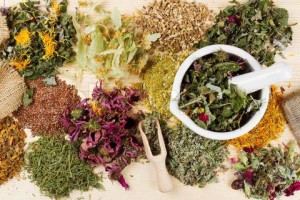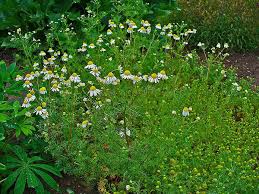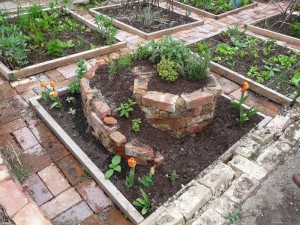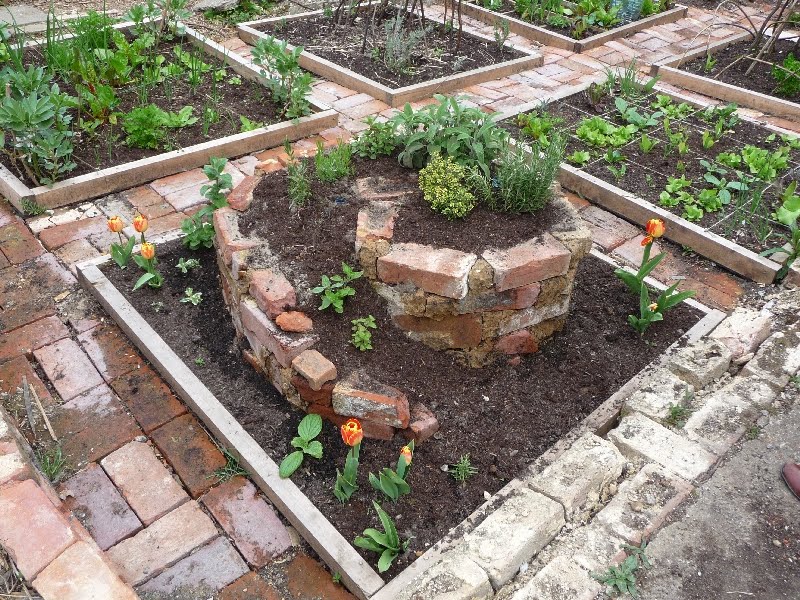Most of the products we buy from supermarkets and provisional stores go through at least one cycle of chemical processing before being sold. Even the so-called organic stores have to process their products before packing them to improve shelf life, so essentially everything we buy commercially is never up to its complete potential and far from being green. And this fact is true with herbs as well, which is why the special herb tonic that your grandmother used to make that can cure any cold no longer works when made with packaged herb products. So how can one overcome this problem you ask? Well, why not grow your own personal organic herb garden? It’s simple, easy to build and maintain, and costs you no more than maintaining a small scale garden on your backyard. And it’s completely eco-friendly and organic as well. Itching to try it out? Well, read on the instructions and get started.

What to grow and how?
Most of the herbs are essentially grass-like and can grow on any terrain and temperature conditions, but of course each herb has its own personalized set of favorable growing conditions. Some herbs like to face the sun all day long, while others just love the shade. Some herbs require watering every day and some will grow even if you have forgotten to water for a couple of weeks So before you start with your garden, you just need to know what conditions suit the herbs you want to grow and you’re all ready to start. But, wait what herbs does one require? What are most necessary ones? Well, here is a handy guide that will guide you through all the necessary herbs that can cure colds, coughs, fevers and even some major ailments in a green way without the requirement for chemical toxins and medications.

A handy guide to green herbal replacements for medications
Knitbone or Comfrey – One of the best herbs to have around the kitchen, especially if you have kids, is comfrey. Though the name might suggest that it might be endemic just to Europe, comfrey can actually be grown in all parts of the world. Comfrey has the ability to heal bones, fractures, skin wounds, bruises, burns and many other skin based ailments when applied topically. But this herb is not advised to be taken internally.
Sage or Salvia – This warm herb taken in its pure form internally can help cure a number of infections due to its antibacterial and antiseptic properties. Also when taken on a regular basis, sage can also prevent diabetes and hypertension by regulating the toxin levels in your body.
Chamomile – This brilliant white flowering herb has mood alleviating properties that can relax and calm you down after a stressful day. Dried chamomile, powdered and mixed with green tea can make a great elixir.

Thyme – Throat infections are most common during the summer, and the best way to get rid of it without the requirement for toxic chemicals is with thyme. Dried thyme powder mixed with ginger made as a tea can cure any throat infection and soothe the throat.
Mint – This green leafy herb finds a number of uses in everyday cooking, but it also has medicinal value and can be used to cure headaches, fatigue and even improve digestion. Mix mint leaves with green tea or a fresh lime juice and enjoy a refreshing drink.
Though the above mentioned is not an exhaustive list, they should be perfect for a beginners herb garden. But if you have any more to add, you can always do, but be sure to know their growing condition before you plant them. So now, let us take a look at how to start building the organic herb garden and get it up and running.
Building your own organic herb garden

The first thing you need to do is calculate the space available to build the garden and then outline the region to build it. So here, let us assume that you have a 4’×4’ area on which you’re going to build the garden. First outline the rectangular area with the material of your choice. Bricks should do fine, but if you can find bamboo sticks which can be erected vertically like a fence, your garden will look greener than ever; be sure the outlying fences rises up to height of at least 1.5’.
Now on the base of the walled region, place a layer of organic fertilizer such as eggs shells, onion peels, fallen leaves, vegetable waste or literally any organic material you can find and fill up to the brim up with soil. Now, start the spiral on this soil base, working your way up to the top with the brick/bamboo outline with the same soil stacking procedure as explained. Be sure the spirals are equidistantly placed and have at least 1’ of space between them. Now start planting the herbs, the herbs that require the most light go to the top like mint and thyme, the herbs that require a lot of space should be on the bottom like comfrey and herbs that require shade should be on the in between spirals. So voila! There you have it, your very own organic green herb garden open for business. So go experiment and have your own organic herb store outside your kitchen door.

Leave a Reply